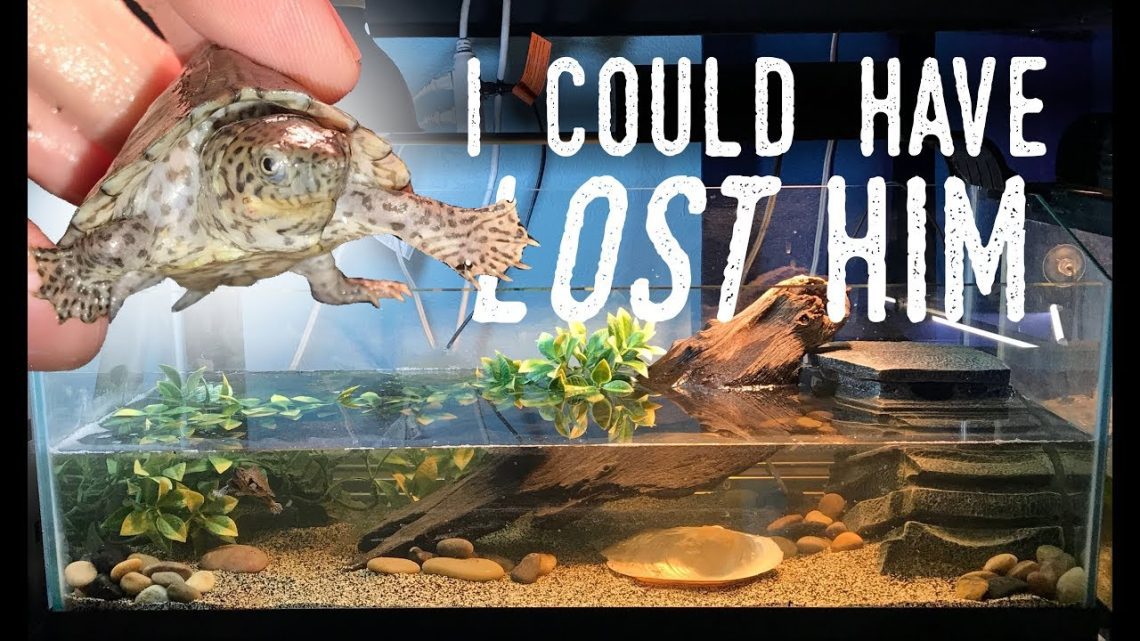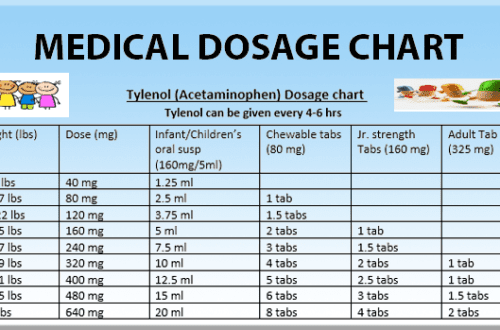
Turtle pneumonia.
Increasingly, we have to face that the owners, trying to determine on their own what their turtle got sick, why it is so lethargic and does not eat, come to the diagnosis of pneumonia. However, there can be a lot of mistakes here, so it’s worth talking in more detail about the causes, symptoms and treatment of pneumonia, as well as what other similar symptoms can be associated with.
Pneumonia is a fairly common pathology in turtles. This term corresponds to inflammation of the lungs. The disease can proceed both acutely and pass into the chronic stage.
The acute stage (stage 1) of pneumonia develops quickly when pets are kept at low temperatures, in inappropriate conditions, combined with improper feeding. Symptoms may appear within 2-3 days. The disease proceeds quickly and, if left untreated, the turtle can die within a few days. In a subacute course, clinical signs may be implicit, and the disease may become chronic (stage 2).
Symptoms of the acute form are general signs such as refusal to feed and lethargy. In aquatic turtles, buoyancy is disturbed, a roll forward or sideways may occur, while the turtles prefer not to swim and spend almost all their time on land. Land turtles also lose their appetite, they almost do not move and do not warm themselves under a heating lamp, periodically bouts of increased activity and anxiety occur due to suffocation.
At the same time, turtles can make whistling and wheezing sounds, especially at the moment of retracting the head, which are associated with the passage of air through the trachea with mucous secretions from the lungs.
The same mucous secretions can enter the oral cavity, so often in turtles there is a release of blisters and mucus from the nose and mouth.
If there is a lot of such exudate, it interferes with breathing and the turtle begins to choke, while it breathes with an outstretched neck, inflating the “goiter” and opening its mouth, sometimes they can throw back their heads, rub their nose with their paws.
In such cases, pneumonia must be distinguished from tympania (bloating of the intestines and stomach), in which the contents of the stomach can also be thrown into the mouth, causing similar symptoms. The contents of the stomach can also enter the trachea, causing aspiration pneumonia as a secondary disease.
The easiest way to diagnose is by x-ray. It is done in two projections cranio-caudal (from the side of the head to the tail) and dorso-ventral (top).
Treatment of the acute stage of pneumonia does not tolerate delay. It is necessary to start injecting antibiotics (for example, Baytril). At the same time, turtles are best kept at higher temperatures (28–32 degrees).
The first stage of pneumonia can go into the second (chronic). At the same time, obvious visible discharge from the nose and mouth stops, but the turtle still does not eat, most often lies with its neck stretched out, looks emaciated and dehydrated. The turtle breathes with a tilted head and a strong whistle. All this is caused by the accumulation of dense pus in the airways. Again, the diagnosis is best determined by x-ray. You can also look at purulent discharge under a microscope, listen to the lungs.
Treatment, as a rule, is long and versatile, prescriptions are prescribed by a veterinary herpetologist. He can prescribe a rather long course of antibiotics (up to 3 weeks), prescribe mixtures for inhalation, and do a bronchial lavage.
To avoid such a serious and unpleasant disease, it is important to create all the necessary conditions for keeping and feeding the turtle, to prevent hypothermia (Red-eared turtles, Central Asian land tortoise, maintenance and care)





